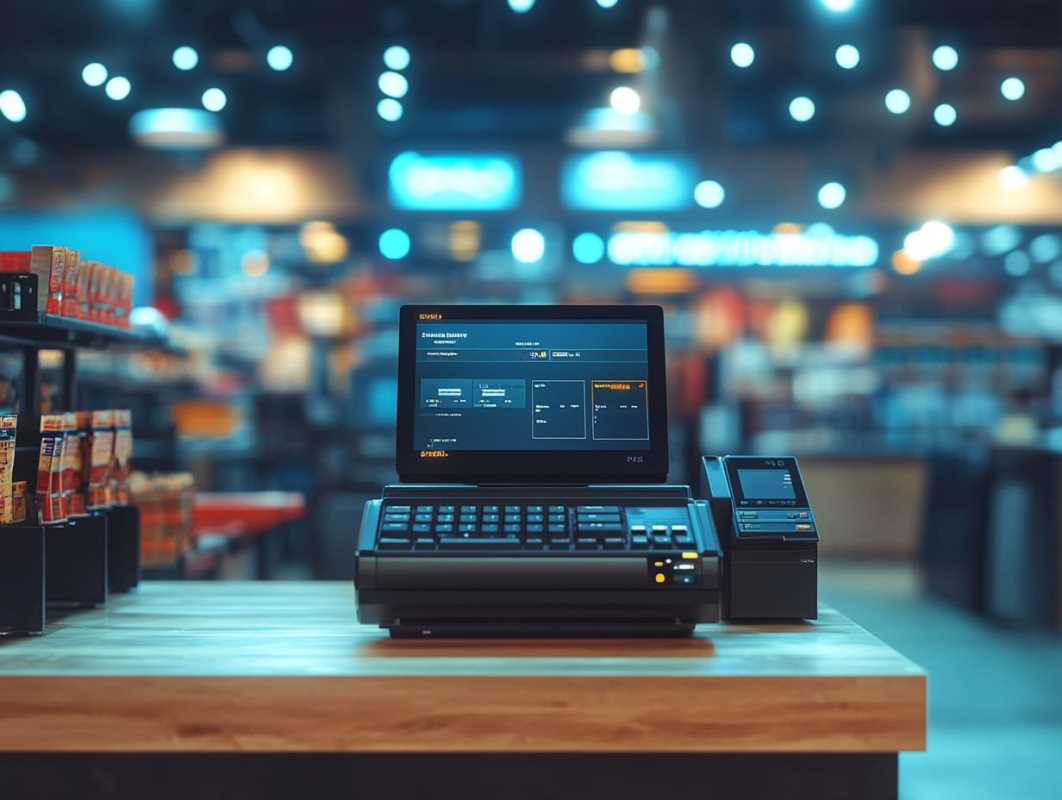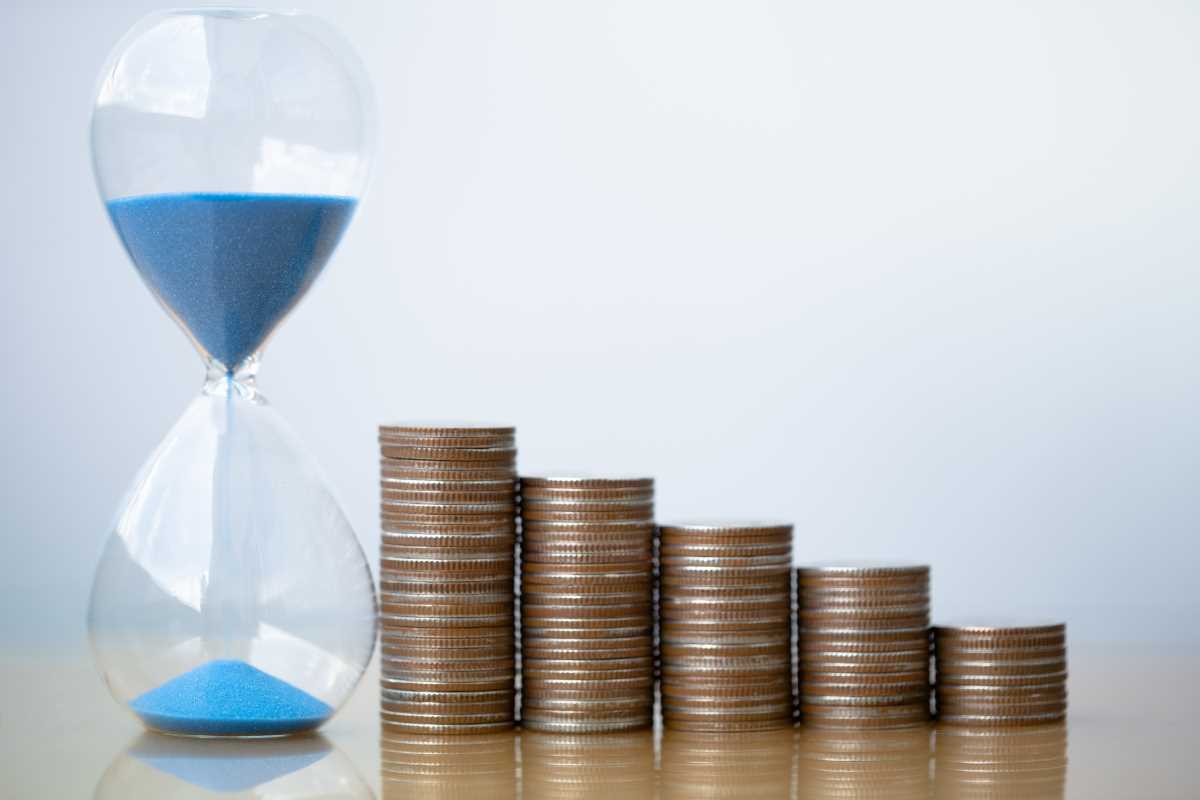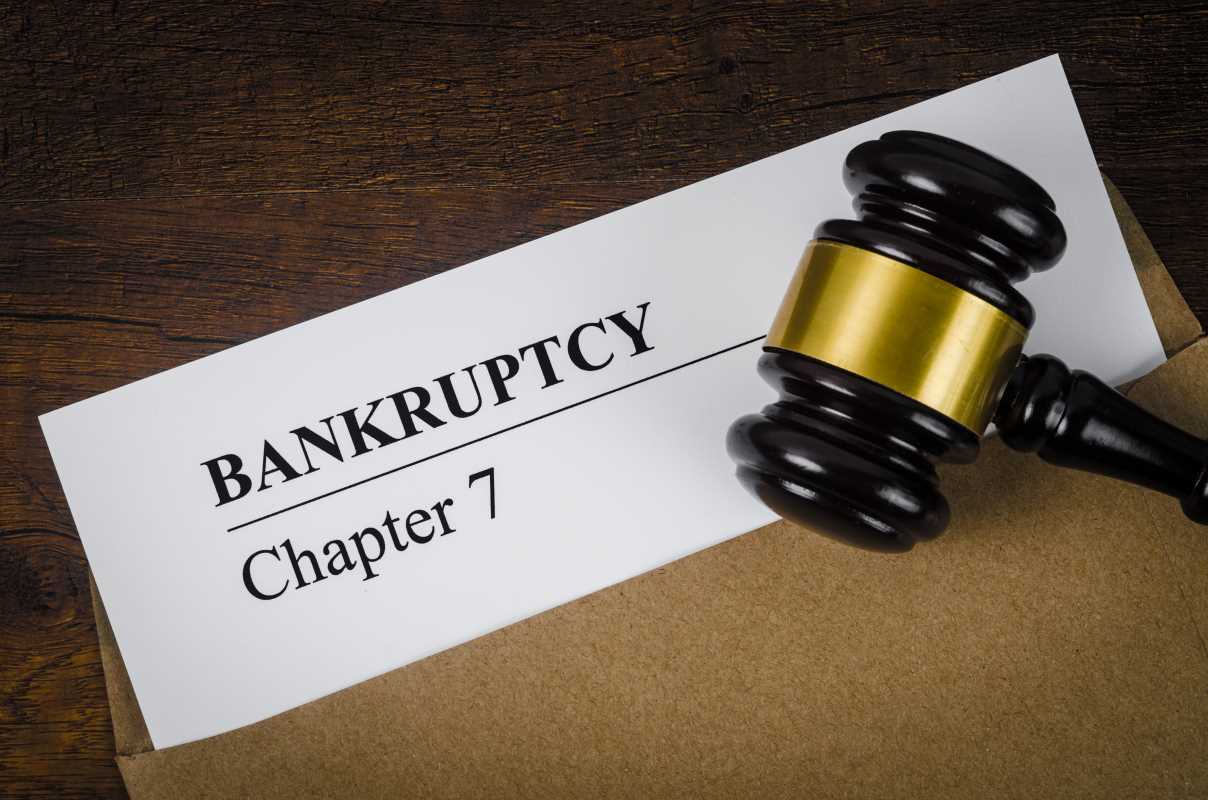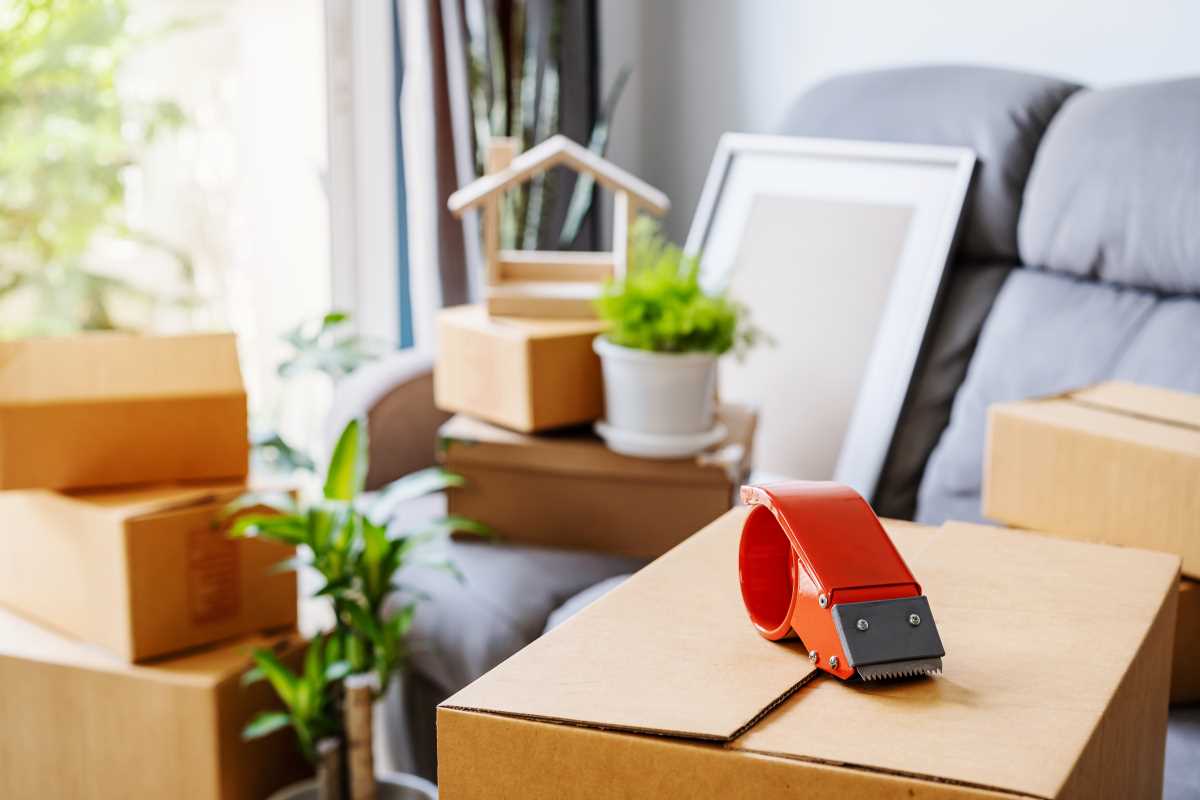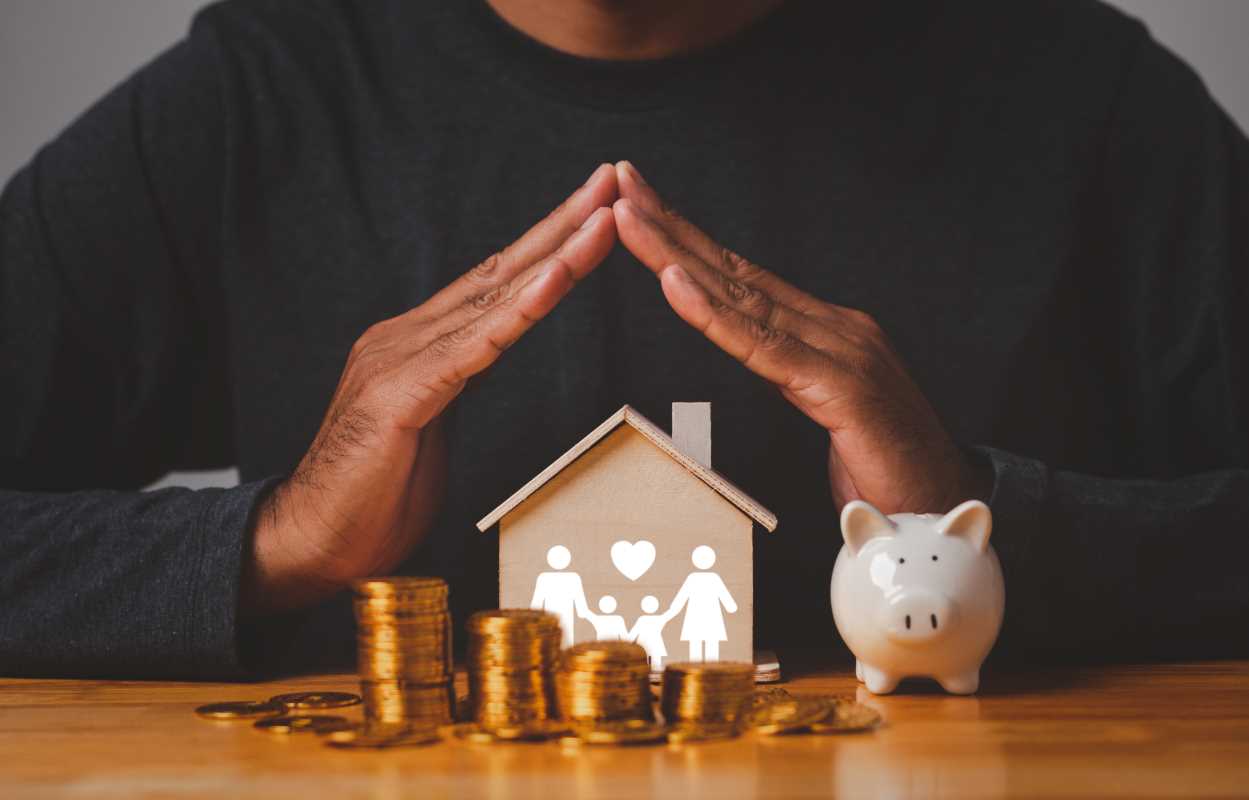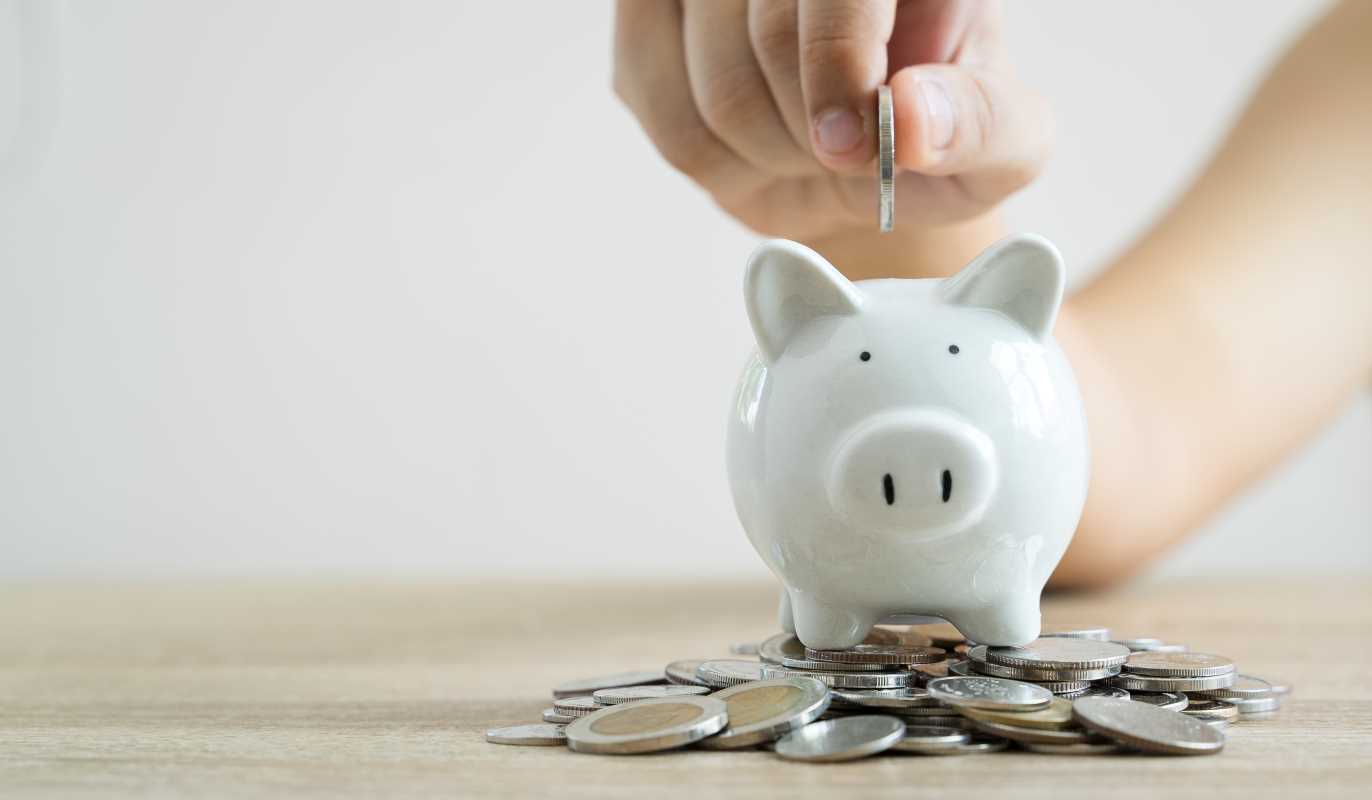Experiencing a natural disaster is life-changing. Beyond the emotional toll, there’s often a financial crisis to manage as well. Losing a home, belongings, or even the ability to work can leave anyone feeling lost and uncertain about what to do next. The immediate need for food, shelter, and safety might stretch any savings you had. Yet, there are ways to find financial relief and get back on your feet. Knowing where to look for help and how to access resources can make all the difference. This guide breaks down practical financial measures you can take after facing a disaster, helping you understand your options and regain stability through challenging times.
Assess Your Immediate Needs
Taking care of basic needs comes first. After any disaster, focus on necessities like a safe place to stay, enough food and water, and access to medical care. Reach out to local shelters or community organizations for immediate assistance. The Red Cross and Salvation Army often provide temporary shelter, hot meals, and emergency supplies. These services are designed to help you through those first few difficult days without worrying about expenses.
Your local government may also set up disaster response centers to connect you with essential services, including food vouchers, clothing, and transportation. These resources are typically free for disaster victims, helping you stretch the little money you have left to cover other priorities.
Apply for Disaster Assistance
After getting somewhere safe, start exploring financial assistance options. Government programs like FEMA (Federal Emergency Management Agency) offer financial aid for declared disaster victims. This could include grants for temporary housing, repairs to your home, or personal property losses. Unlike loans, these grants don’t require repayment, easing some of your financial burden.
FEMA applications can be submitted online, over the phone, or at designated disaster recovery centers. To speed up the process, make sure to have details like your Social Security number, insurance policy, and a list of damages ready. Other government departments, such as the Small Business Administration (SBA), also offer low-interest loans to help individuals and small business owners recover.
Understand Your Insurance Coverage
Insurance policies might be your first line of defense against financial strain. Homeowners' or renters' insurance may cover repairs, rebuilding costs, or even temporary housing. If you have car insurance and your vehicle was damaged, your policy might help with repair or replacement costs, too.
Contact your insurance company as soon as possible to report losses and begin filing a claim.
Documenting the damage speeds up the claims process. Take photos or videos of affected areas before beginning any cleanup. Be sure to save receipts for related expenses, like temporary accommodations or emergency repairs. Even individuals without insurance may qualify for federal disaster aid, so it’s worth exploring all routes.
Tap Into Savings and Emergency Funds
Emergency savings are designed for moments like this. If you’ve already built a rainy-day fund, now is the time to use it. Avoid dipping into long-term savings, like retirement accounts, unless it’s your absolute last resort. Penalties and taxes on early withdrawals can leave you with less money than you expected.
Some banks and credit unions offer emergency financial resources to their customers, such as payment deferrals or short-term loan options. Reaching out to your bank to explain your situation may unlock early access to funds or waived fees. Many financial institutions understand the challenges of recovering from a disaster and are willing to work with you.
Look Into State and Local Resources
State and local governments often provide additional help after a natural disaster. These could include grants, low-interest loans, or vouchers for living expenses. Local charities, churches, and food banks also step up during these times, offering groceries, gas cards, or even free counseling services.
Search online for local resources. Social media platforms and community bulletin boards can also point you toward quick assistance. Don’t overlook these smaller, grassroots resources. They often know how to meet specific needs in your area quickly.
Use Credit Wisely
Credit cards may feel like a lifeline when money is tight after a disaster, but using them without a plan adds financial stress in the long run. Strive to only charge what you can realistically pay off within a reasonable timeframe. Start with smaller, necessary expenses like food or fuel, and avoid splurging on non-essentials.
Contact your credit card company to ask about disaster-related relief programs. Many providers lower interest rates, waive late fees, or offer extended payment terms for customers affected by disasters. Taking advantage of these benefits ensures credit remains a tool, not a burden.
Seek Help From Employer Benefits
Employers sometimes offer financial assistance to workers affected by natural disasters. Reach out to your HR department or management to inquire about relief funds, additional sick or personal leave, or access to an Employee Assistance Program (EAP). These programs often provide free financial advice, mental health counseling, and other support to help you get back on track.
If your workplace temporarily shuts down due to a disaster, consider applying for unemployment benefits to replace lost wages. Each state runs its own unemployment program, but many relax their requirements during emergencies to provide aid more quickly. Filing promptly increases your chances of receiving benefits sooner.
Avoid Scams and Fraud
Disasters often bring out the best in people, but unfortunately, they also attract scammers. Fake charities, fraudulent contractors, and predatory lenders prey on victims during vulnerable moments. Protect yourself by researching any organization or company offering assistance before handing over money or personal information.
Reputable charities and relief groups are usually registered, so checking out their credentials is a must. Websites like Charity Navigator or the Better Business Bureau can help verify legitimate organizations. If someone promises immediate financial assistance that sounds too good to be true, it probably is.
Plan for Recovery Beyond the Immediate Crisis
Natural disasters can lead to long-term financial challenges that require months or even years to resolve. Setting realistic goals is key to rebuilding your financial stability. Begin by tracking your expenses and adjusting your budget as you recover. Every small step you take toward saving will help protect you in future emergencies.
Consider meeting with a nonprofit credit counselor to develop a recovery plan tailored to your situation. These professionals can negotiate with creditors on your behalf, help create a manageable repayment plan, and guide you toward rebuilding your credit.
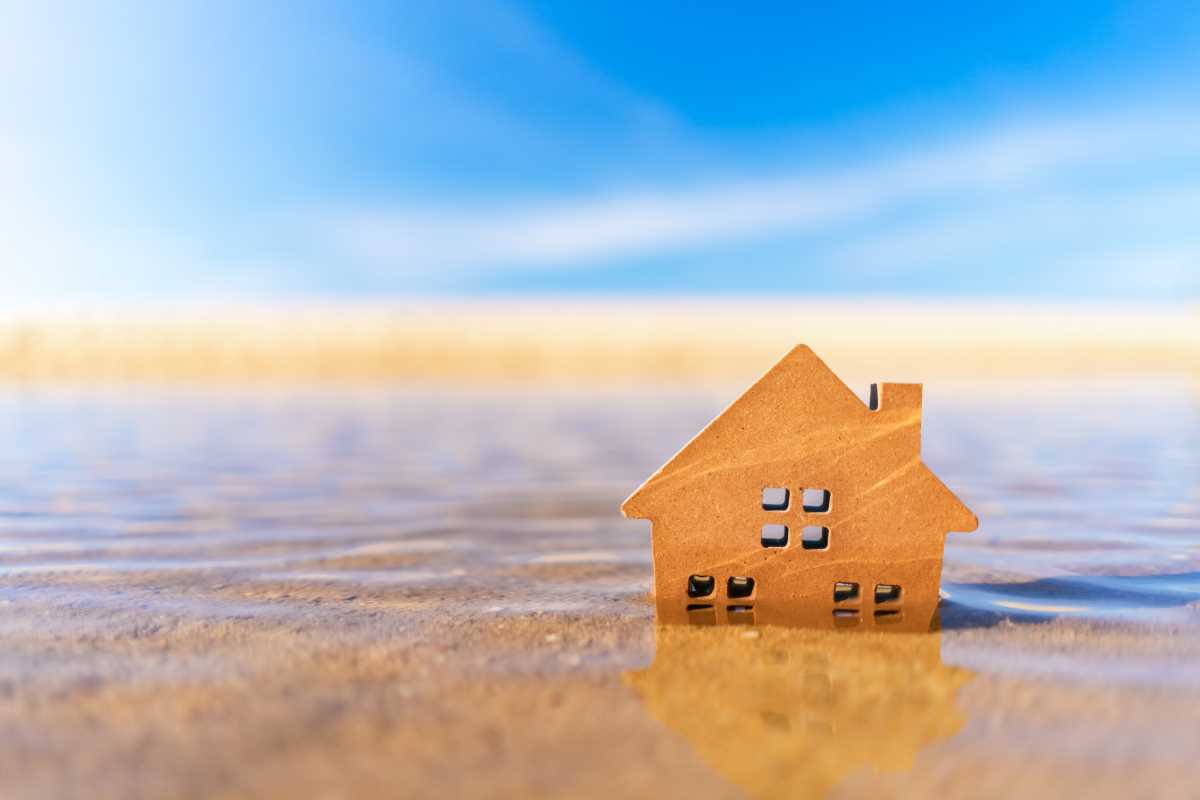 (Image via
(Image via